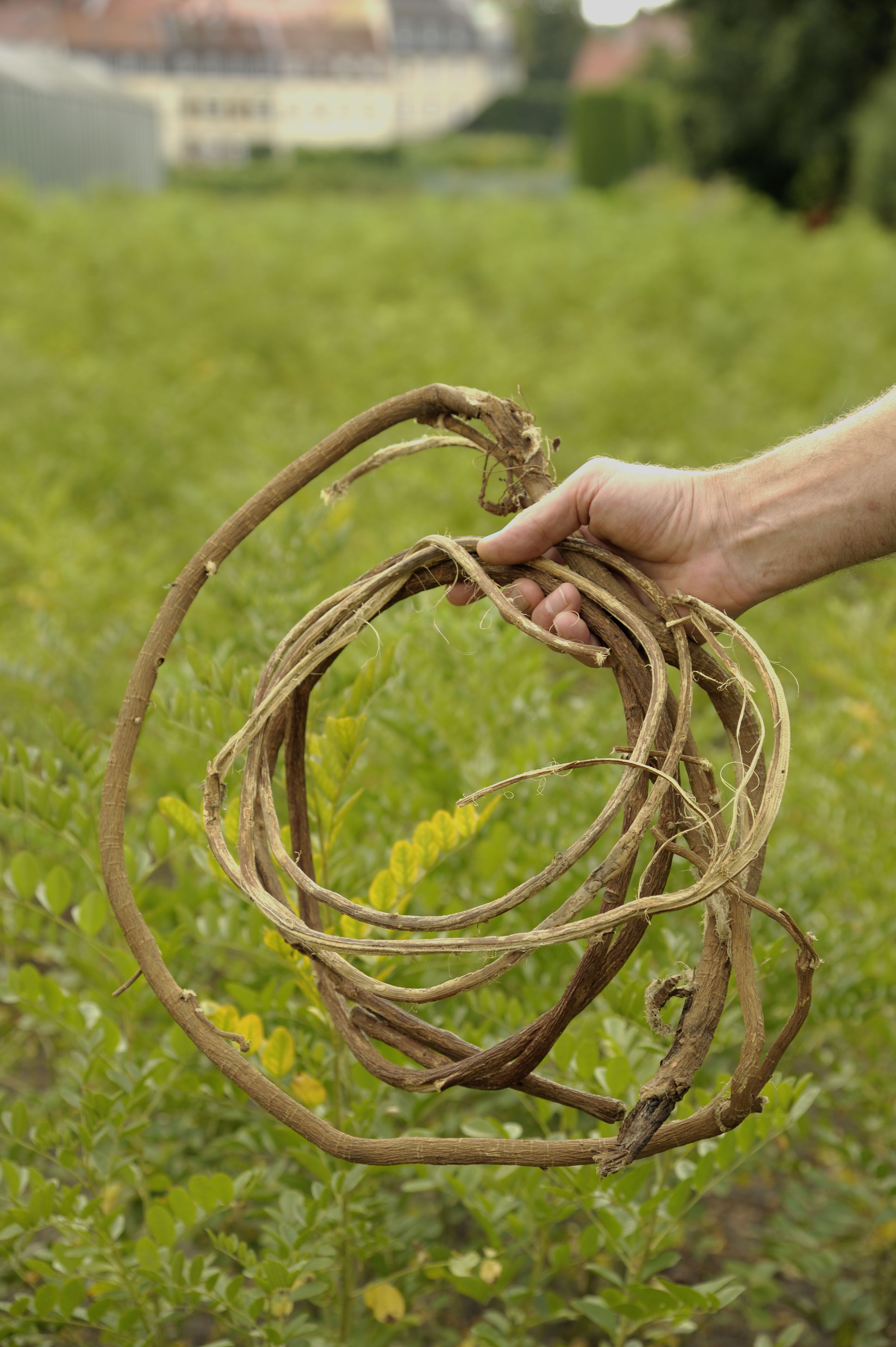Using the elaboration of the World Heritage management plan as a space for dialogue
The process for the elaboration of the new management plan for the World Heritage property started in 2017, and several groups have been working on it for three years (2017-2020). The World Heritage Management Board is leading the process, with the collaboration of the cultural heritage manager in Røros, the representative of Sámi Indigenous people, urban planners from the different municipalities and counties within the World Heritage property and buffer zone, and the Director of the Museum of Røros. Hearings and meetings with the municipality boards in the 5 municipalities have been used for establishing this dialogue. More than 40 different parties were invited to the hearings including the counties, municipalities, museums, NGOs, persons involved in the Management Plans, private owners of land within the World Heritage property, and the Sámi Parliament. The Sámi were involved in the same way as the other stakeholders, and counting with representatives both in the World Heritage Board and in the administrative group.
1) During the hearing of the new Management Plan, many of the parties mentioned that the Sámi culture should be strengthen more than it already was. Most of the suggestions of the different parties were to focus more on reinforcing the Sámi relations and values.
2) Reinforcing the idea to include the Sámi culture as part of the Outstanding Universal Value of the World Heritage site in the next years. Yet, the State Party needs to lead the process. Some municipalities want that some areas currently in the buffer zone (part of the Circumference) be integrated in the World Heritage property (Narjodet, agricultural area, and Dragås-Eidet, which is one of the melters outside Røros).
3) In order to work equally with different parties, there has been no special treatment for none of the stakeholders.
4) To integrate the different stakeholders feedback into the management plan, hearings were organized to consult about the arrangements for drafting the plan and later to consult on the plan itself.
